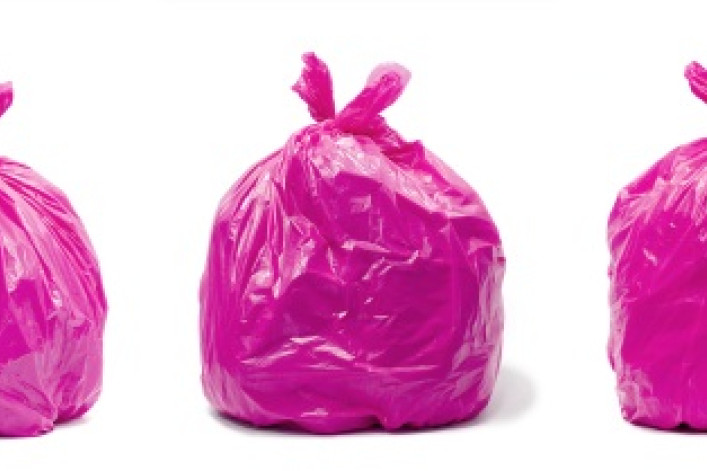The creep show inside your trash chute

Back in the early 70s, concerns over air quality caused New York City buildings to shift from garbage incinerators to trash chutes and compactors.
This was excellent news for roaches, rodents, flies and beetles, which scurried aboard the all-you-can-eat autobahns snaking through many of the city's apartment buildings.
"When not properly installed, maintained and kept clean, trash chutes in conjunction with compactors often provide the number one optimal environment for urban pests," Gil Bloom, the vice president of Standard Pest Management in Queens, recently told BrickUnderground.
Below, Bloom's vivid description of what happens after you drop your trash down the chute. (The raw, unedited version with lots of practical advice is attached as a PDF):
“With the introduction of compactors, we created a centralized shaft in which food waste and other offerings accumulates on rough multi-textured walls that were previously incinerator chimneys—or in newer units, the waste sticks to connecting points and possible breaches in the compactor chute sleeves.
The raw garbage that then lands at the bottom with varying velocity splashes back up and then is compacted into plastic bag snakes that are tied and cut. Frequently, the delicate ooze from this compacting escapes, or waste itself accumulates beneath the rollers which move the trash bags along.
At this point, the bags—which hopefully are not torn, and are not rodent proof—are stacked in the room for several days till disposal. This process provides the organic and in many instances gelatinous waste which promotes pests as well as attracts them.”
Bloom's recommendations include regularly using insecticide dust in chutes, rather than liquids (which don't adhere well) or foggers or bombs (which tend to make things worse). He also suggests sealing up vertical conduits that lead from areas near the compactor room like steam, water, gas and electrical lines.
While trash chutes and compactor rooms may be a boon to outdoor air quality, the same does not necessarily hold true indoors.
Maria Vizzi, the president of Indoor Environmental Solutions, says trash chute odors peak in the hot months that are right around the corner.
“The residue that resides in the system not only attracts roaches but it smells really bad,” says Vizzi. Her company offers a comprehensive pesticide-free power-washing and cleaning.
The scrub not only tidies up the air, but helps control vermin, according to Vizzi.
“Some buildings have us in every six months and have no roach problem,” she says. “Sometimes boards will skip a year to save money, and then they call us with roaches, rats and mice the following year.”
Related posts:




























